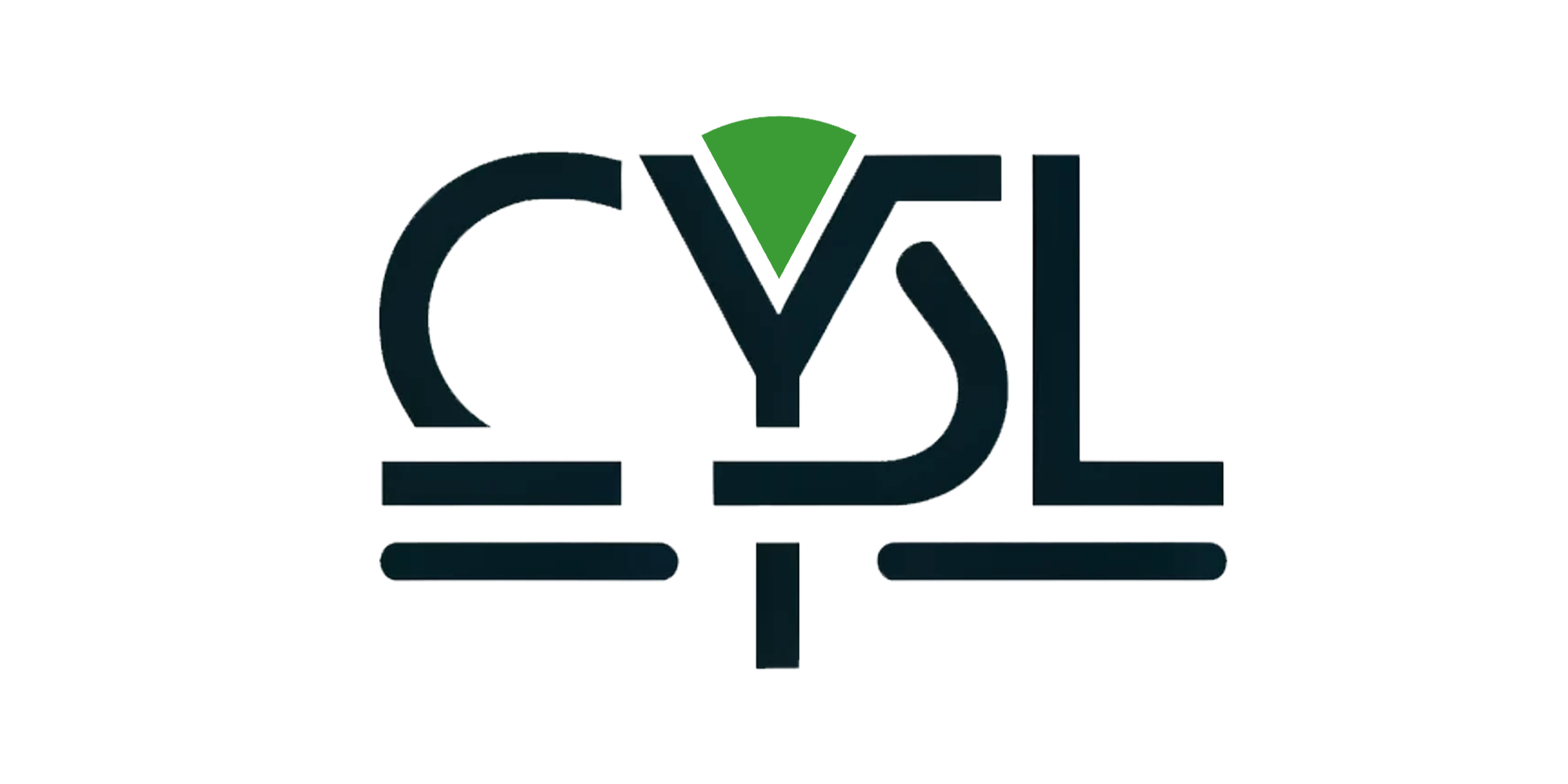

Integrated Human Practices
Integrated Human Practices
Overview
Great physicist Newtown once said, If I have seen further it is by standing on the shoulder of Giants." As a young team eager to do something, we'll definitely go further with the aid of predecessor. In the integrated human practice, we mainly focus on the communication with different research groups and relevant organizations (Figure 1).
Figure 1. Representation of the integrated human practice.
Government
China is one of the brightest countries in night. Our city Beijing, also the capital of China, has been increasingly recognized for its efforts in environmental protection and sustainability. Over the past few years, the city has undertaken significant measures to combat pollution and promote green living.
In 2016, Beijing government released relevant document to instruct the green light project. It is estimated that the use of intelligent LED lighting products can save 80% of electricity. Promote 2 million (sets) of intelligent LED lighting products, which can save 200 million kilowatt-hours of electricity per year, save 220 million yuan of electricity, and reduce 170,000 tons of carbon dioxide [1]. Thus it can be seen that our bio-luminescence system holds great potential for energy saving and carbon neutralizing.
Du hao's Team
Du hao team from college of agriculture and biotechnology of Zhejiang university has been keen on the engineering of plants. In 2023, they proposed a new strategy to transplant the caffeic acid cycle into plants and successfully improved the brightness of luminous plant [2].
Since they chose the same bio-luminescence system, we can learn from how they transplant the caffeic acid cycle and how they improved it. Compared to our microbial carrier, they chose plants to load the bio-luminescence cycle. It should be interesting and meaningful to compare the two different choices and help us to further design our model.
Figure 3. The performance of $\scriptsize{\it{eFBP}}$ bioluminescent plants in lighting up the room, picture captured with a Nikon D750 camera with the above parameter. Scale bars, 10 cm. From $\scriptsize{\it{Metabolic~engineering~and~mechanical~investigation~of~enhanced~plant~autoluminescence}}$ [2].
ShanghaiTech-China 2023
It's suprising to find that another team ShanghaiTech-China from ShanghaiTech university competed for iGEM(International Genetically Engineered Machine competition) in 2023 with the similar project of ours. Instead of caffeic acid cycle, they select a bacterial-original luminescence system to create light.
They transfered the luxCDABE operon gene into PCC7942 strain(a kind of cyano) to produce carbon-free light. We also compared the co-culture system and cyano-single system and finally decided our present design due to the higher production ability and engineering potential. It should be beneficial to have a communication with them.
Figure 4. Homepage of LAMPS by ShanghaiTech-China 2023.
Light bio
To make the design more suitable for the society and can be really implemented into our life, this project should be profitable and possess marketing potential. One of the successful cases is light bio, a commercial company celling firefly petunia. They have just released their product reservation and gained received a great deal of attention.
It's interesting to learn how they come up with the idea and how to make it profitable. Selling a living plant is different from selling an iphone, especially for genetically engineered plants. How to make the light sustainable is also a key question we care about.
Figure 5. Homepage of Light Bio.
Reference
[1] 京发改[2016]1586号《北京市“十三五”时期绿色照明工程实施方案》
[2] Zheng, P., Ge, J., Ji, J., Zhong, J., Chen, H., Luo, D., Li, W., Bi, B., Ma, Y., Tong, W., Han, L., Ma, S., Zhang, Y., Wu, J., Zhao, Y., Pan, R., Fan, P., Lu, M. and Du, H. (2023), Metabolic engineering and mechanical investigation of enhanced plant autoluminescence. Plant Biotechnol. J, 21: 1671-1681. doi: 10.1111/pbi.14068
Contact us: E-mail: zr-liu22@mails.tsinghua.edu.cn | Tel: 13547831314
Copyright © 2024 CYSL. All rights reserved.